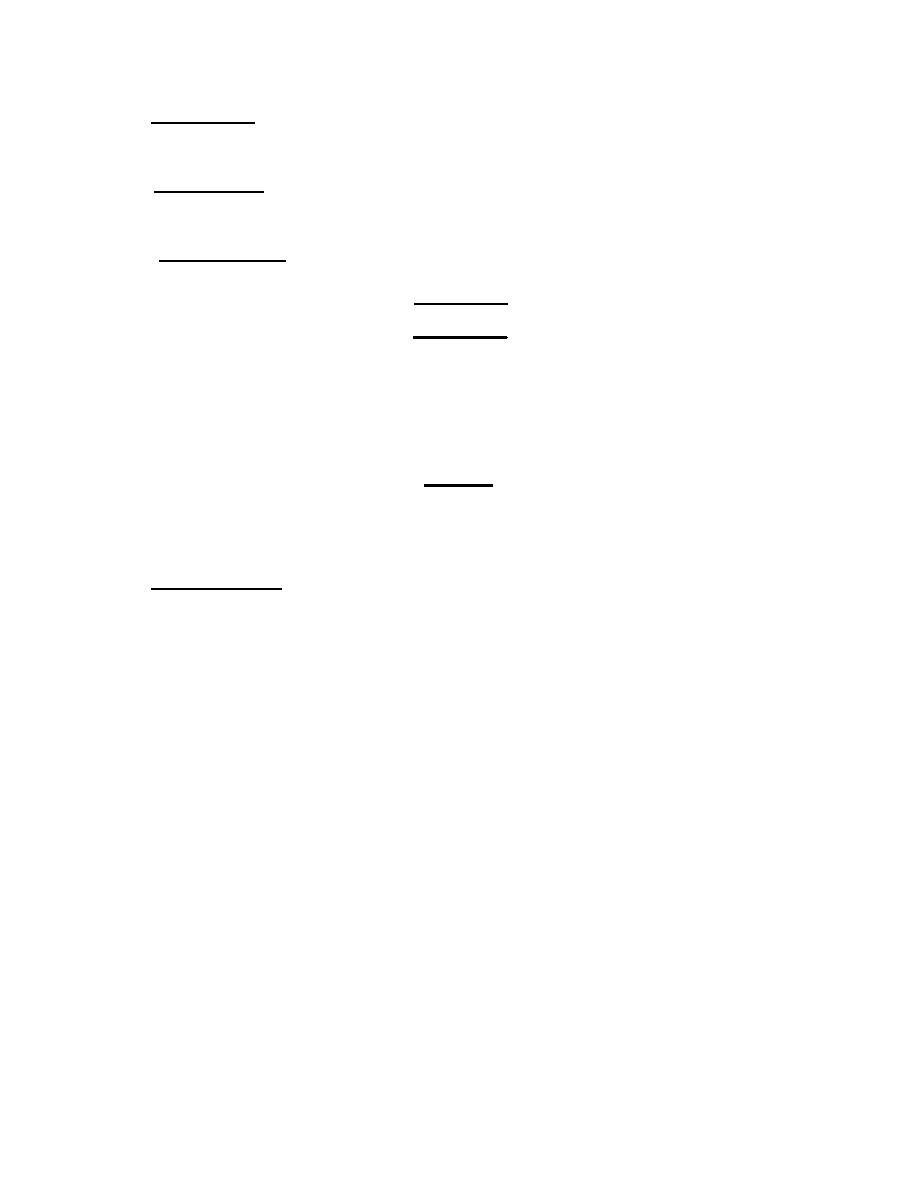
| Tweet |

Custom Search
|
|

|
||
 TM 55-1905-223-24-5
c. Air Connectors. Check air connections for loose clamps or connections, cracks, punctures, or tears in
hose or tubing, collapsing hose, or other damage. Tighten clamps or replace parts as necessary to
ensure an airtight air intake system. Make sure that all air goes through air silencer or air cleaner.
d. Engine Coolant. Remove expansion tank cap and check engine coolant supply. Add coolant and
check water filter. Check for evidence of coolant leakage around tubing, hose connections, etc., and
correct as necessary. Inspect water pump for leakage.
e.
Fuel Connections.
Visually check for any sign of leakage at fuel connections and tighten as
necessary.
WARNING
Fuel spills or leaks create a fire hazard.
2-7. Starting the Engine. Starting requires that clean air and fuel be supplied to the combustion chamber in
proper quantities at the correct time.
CAUTION
Protect the engine and engine components during startup by idling until normal
idle oil pressure is obtained.
a. Starting Procedure.
(1) Open sea cocks to permit raw water flow through heat exchanger and marine gear cooler.
(2) Set throttle for idle speed.
(3) Disengage clutches to driven equipment.
NOTE
A manual override knob provided on the forward end of the manual electric
shutdown valve on the fuel pump allows the valve to be opened in case of
electric power failure. To use, open by turning full clockwise.
(4) Set the instrument panel run/start toggle switch to "START" and press starter button.
2-4
|
||
 |
||